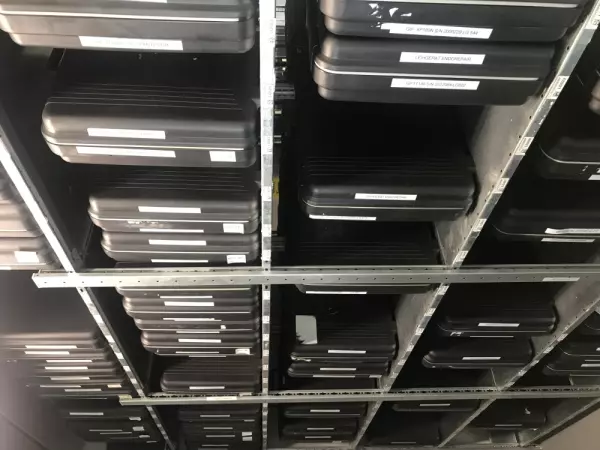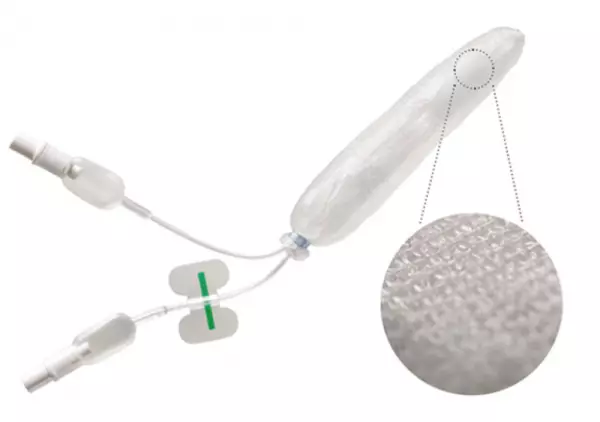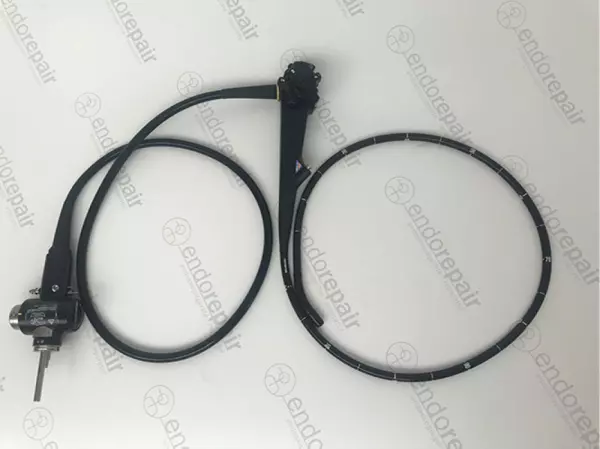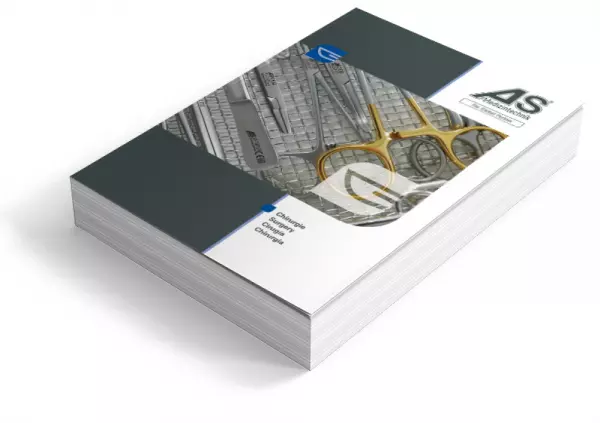
Bypassing repairs and rental equipment for...
At endorepair, we help you minimise your economic downtime. We achieve this on the one hand through...
Portal and digital medical technology fair of the largest MedTech cluster in Germany

Bypassing repairs and rental equipment for...
At endorepair, we help you minimise your economic downtime. We achieve this on the one hand through...

Epistaxis Devices with RAPID RHINO◊ Technology
For anatomies big and small, our line of epistaxis products accommodates patients’ individual...

High quality, medical, flexible duodenoscopes...
Our product range of medical endoscopes - High quality, medical, flexible duodenoscopes for exp...

Standard instruments and specialist instruments...
The product portfolio covers our complete range with approximately 20,000 different standard instrum...

A nose job is a cosmetic surgical procedure performed to change the size and shape of a patient's nose. It can correct a number of problems, including a bump or inverted hump. Sometimes, it can even improve breathing problems. The surgery is effective for all ages and is often recommended for people who suffer from chronic nasal congestion and difficulty breathing. The recovery time for a nose job depends on the extent of the procedure, but patients should expect to be in and out of the hospital for several hours.
The procedure requires either an external or internal incision. The skin is lifted and the bone and cartilage are removed or rearranged. The skin is then closed over the reshaped bone. Depending on the type of surgery, the patient may experience bruising around the eyes for a few days. In addition, the surgeon may place packing inside the nose to stabilize the septum, which will require a few weeks to disappear.
Another type of nasal surgery involves an incision in the nose, and the surgeon will lift the skin to remove bone and rearrange the cartilage. The skin is then stitched back up to cover the modified bone. Following a successful procedure, a temporary nasal splint will be placed on the outside of the nose to keep the shape for a few days. A septum splint will be placed inside the nose and will be removed within a week.
During the procedure, the surgeon makes two incisions in the nose, one on the inside and one on the outside. Then, the skin is lifted and the bone and cartilage are rearranged. The surgeon then closes the incision. After the surgery, a temporary nasal splint will be placed on the outside of the nose, which will hold the new shape for a week or so. Incisions are placed in the nostrils to stabilize the septum. After the procedure, the septum splint will be removed.
After the surgery, patients will be given antibiotics and pain medication to help relieve any discomfort. Some patients may experience nasal congestion after the surgery, which can last up to two weeks. However, nasal congestion is temporary. The surgeon will remove the stents when the patient is ready. The procedure will not affect the patient's health. Generally, the procedure will leave no visible scarring. Aside from the anesthetic, patients will be discharged home the same day.
The surgery is not as complicated as it sounds. It is performed under anesthesia, and the patient should be able to walk and talk after the procedure. The procedure is not traumatic and can even be performed on an outpatient basis. It is usually successful and can help improve patient's quality of life. There are many options for a nose splint, but they should be thoroughly evaluated by a doctor before they have the surgery.
Once the doctor has determined the best course of action, he or she will examine your nose from both inside and out. Depending on the extent of the collapse, the surgery may require a splint or packing. During this time, the surgeon may perform nasal endoscopy, which is a small camera that will allow him to see more details inside the nose. During this procedure, the patient will be given a topical numbing spray to relieve the pain and reassurance that the procedure will be successful.
Although nasal surgery can be expensive, the results are usually worth it. After the surgery, you may experience some bruising and a sore nose. The doctor will use a splint after the surgery to stabilize the nose and prevent it from falling out. This is a necessary part of the recovery process for many patients. It helps the patient breathe properly, while preventing the risk of infection and reducing postoperative pain.
After the surgery, the patient may experience postoperative bruising and temporary loss of vision, but the recovery period is relatively short and painless. A postoperative period of one to two hours is typical for this procedure. A postoperative course of treatment is typically completed after approximately one hour. It may take a full day, but the procedure is highly effective. Infection and bruising are common. Some patients require a full-blown rhinoplasty, but it is not a risky procedure.
Become a digital exhibitor yourself in the online portal of the largest and best-known MedTech cluster region in Germany and inform the world of medical technology about your products and services as well as about news, events and career opportunities.
With an attractive online profile, we will help you to present yourself professionally on our portal as well as on Google and on social media.